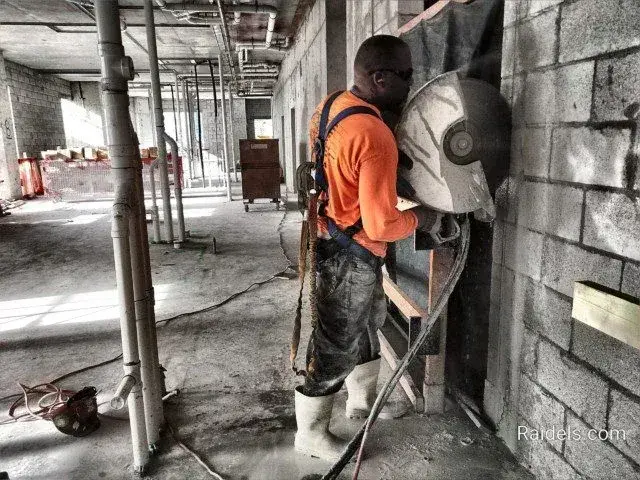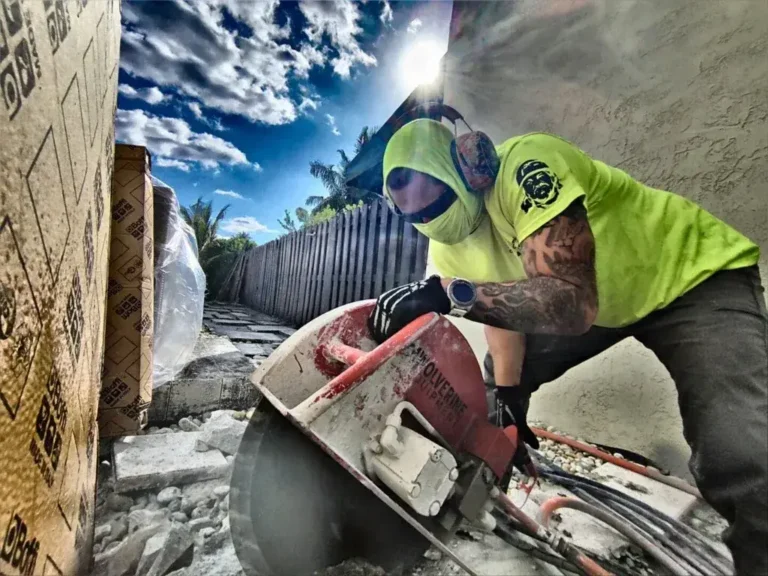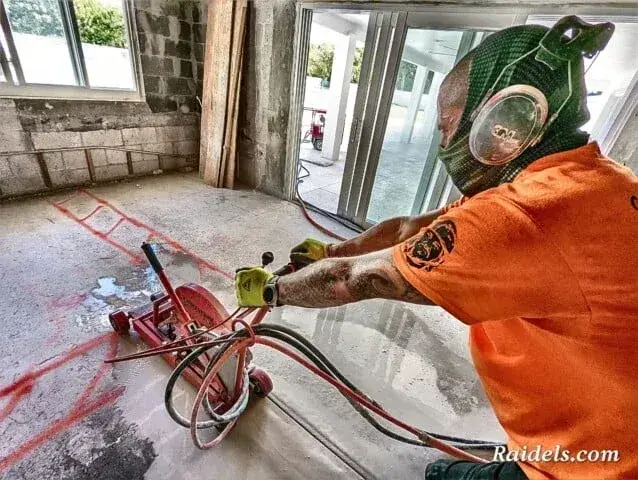Elevator shafts are integral to the functionality and safety of any multi-story building. Sometimes, it becomes necessary to enlarge elevator shaft doors, whether for modernization, repair, or to accommodate larger elevators. Cutting through elevator walls is a highly specialized task that requires precision, safety, and the right tools. In this comprehensive guide, we’ll explore the methods, challenges, and best practices for safely enlarging elevator shaft doors.
Understanding the Complexity of Elevator Shaft Modification
The Structure of Elevator Shafts
Elevator shafts are more than just vertical passageways. They house critical components like cables, pulleys, and counterweights, and are built to withstand significant loads and stresses. Understanding the structural integrity is crucial before making any modifications. For a foundational understanding of structural challenges in construction, What Factors Determine the Cost of Concrete Cutting Services provides valuable insights.
The Importance of Precise Measurements
Precision is key in this process. Even a small miscalculation can have serious implications for the building’s structural integrity and the elevator’s functionality. This is where expert knowledge in measurement and structural engineering comes into play.
Choosing the Right Cutting Method
Hydraulic and Diamond Cutting Tools
For cutting through reinforced concrete elevator walls, hydraulic and diamond cutting tools are often the best choice. These tools offer precision and power, minimizing structural damage. The article The Mighty Blade: Unveiling the Secrets of Effective Concrete Cutting offers an in-depth look at these advanced tools.
Laser-Guided Systems for Precision
Laser-guided systems can ensure accuracy, a critical factor when working in confined and structurally sensitive areas like elevator shafts. These systems help in achieving clean, straight cuts, aligning perfectly with the project’s specifications.
Safety Measures and Precautions
Risk Assessment and Safety Protocols
Safety is paramount. A comprehensive risk assessment should be conducted before any cutting begins. This includes identifying potential hazards like electrical wiring, water pipes, and structural weaknesses. For insights on safety measures, Safety Measures in Concrete Cutting is a must-read.
Personal Protective Equipment (PPE)
Workers should be equipped with appropriate PPE, including helmets, eye protection, gloves, and ear protection, to safeguard against flying debris and loud noise.
Navigating Legal and Regulatory Requirements
Building Codes and Permits
Modifying elevator shafts often requires navigating a complex web of building codes and obtaining necessary permits. It’s important to work with knowledgeable professionals who understand local regulations and can ensure compliance.
Working with Certified Contractors
Hiring certified contractors who specialize in elevator shaft modifications is crucial. They bring the necessary expertise and experience to handle such a delicate task efficiently and safely.
Final Thoughts
Enlarging elevator shaft doors is a complex and delicate task that demands precision, expertise, and adherence to safety protocols. By choosing the right tools, ensuring accurate measurements, and following safety guidelines, this challenging task can be accomplished efficiently and safely.
Invitation for Feedback
Have you been involved in a project that required cutting elevator walls? Share your experiences and insights in the comments section below.


